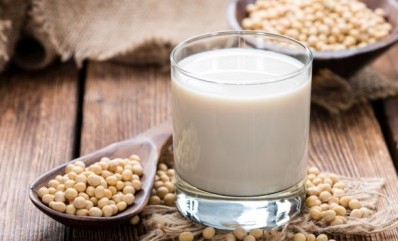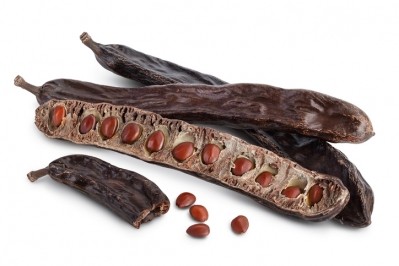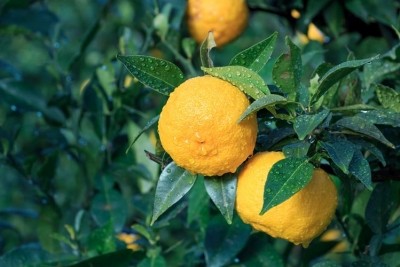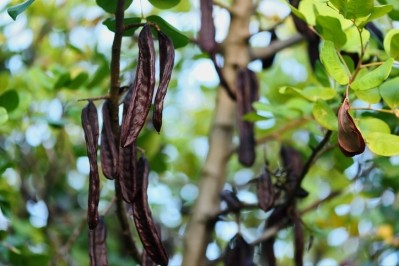‘Efforts to replace it are in full swing now…’ Locust bean gum prices hit record highs
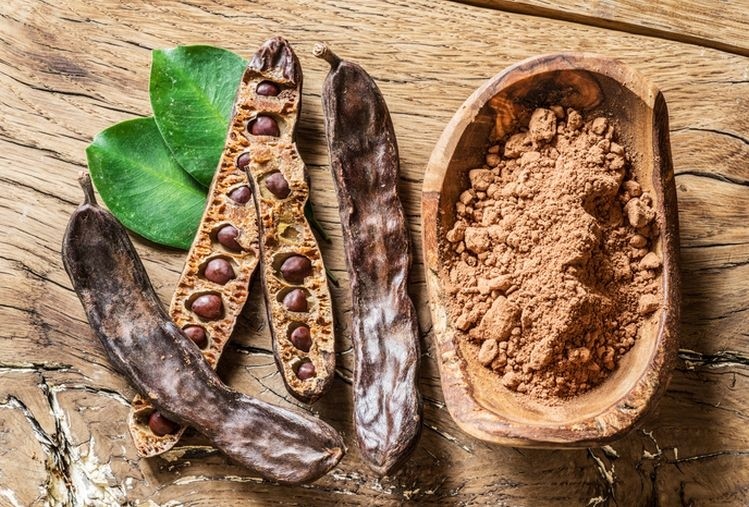
Dennis Seisun, founder of hydrocolloid market research and consulting firm IMR International and publisher of the Quarterly Review of Food Hydrocolloids, told FoodNavigator-USA:
“Prices are now well over US$60/kg, if one can find it. Quotations, if you can get them, are valid for 24 hours or less. Some sellers actually expect an answer right there and then.”
‘The price is on a steep, almost exponential increase’
The problem has been building for some time given the peculiarities of the carob supply chain (it takes years for trees to become productive, while attempts to establish new plantations have delivered mixed results) and a steady depletion of inventory, meaning there’s “virtually no carryover feedstock from one year to the next,” said Seisun.
A recent surge in demand from plant-based beverages - where locust bean gum is frequently used with gellan gum to stabilize products and improve mouthfeel - has also compounded the problem, he added.
“Locust bean gum has been through drastic cycles several times in the past. The closest to this drastic [situation] was in 1994 but this is much worse. The [latest] crop will not be in until later this year, but indications are average so are unlikely to change the current tight situation by much, if at all.”
Nesha Zalesny, technical consultant at IMR International, added: “Last year the price was less than half of the current price, and five years ago it was a fifth of the current price. The price is on a steep, almost exponential increase.”
In a recent market update on its website, Swiss manufacturer Unipektin Ingredients said the locust bean gum market had become “more and more irrational and speculative.” It added: “Larger contracts for several hundred metric tons, which were normal, are impossible to secure at present. Prices… have increased weekly, sometimes even daily, in the past two months."
‘The price of tara gum has also been shooting through the roof’
Asked why growers haven’t simply planted more trees given that demand has been steadily increasing for years, Zalesny said: “It would seem like with the seed prices the way that they are – they have increased 10-fold over the last three to five years - you would think people would be more interested in maybe putting in some infrastructure and starting a plantation. But it doesn't seem to be that easy.”
Just switching to tara gum – which can be used “almost as a drop in” replacement for locust bean gum in some applications – is not the solution, meanwhile, because supplies of tara gum are equally limited, claimed Zalesny.
“The price of tara gum has also been shooting through the roof, the crop is even smaller, and new plantations have not been as productive as the wild ones.”
So what’s the prognosis?
“Honestly, I don't think the long term prognosis is great as other than some new plantings in Australia, I have not heard of any other plantations started, so no new volumes coming online I’m aware of and, demand is still extremely strong.”
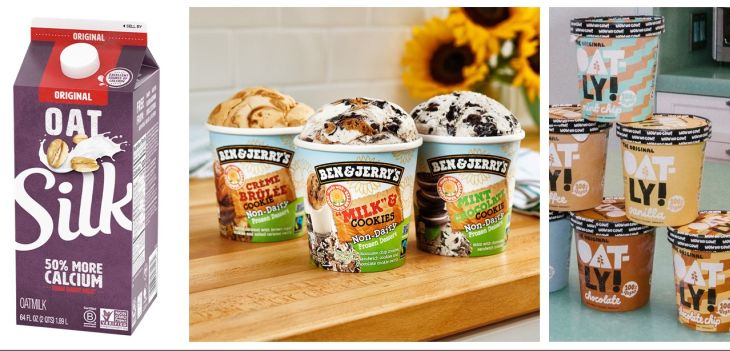
Locust bean gum - also known as carob bean gum - is extracted from the seeds of the carob tree, with producers concentrated in Spain (5 producers), Portugal (2), Morocco (2), and Italy (1), according to IFF.
Used in everything from ice cream to almondmilk, frozen desserts, cream cheese and fruit fillings as a stabilizing and thickening agent, locust bean gum is popular with formulators because of its technical properties, clean flavor, and consumer-friendly name.
In Label Insight’s US product database of about 430,000 food and beverage products, 11,688 products contain the ingredient 'Locust Bean Gum' and 384 products contain the ingredient 'Carob Gum.'
The majority of the products can be found in the frozen foods (ice cream and frozen desserts), dairy (cottage cheese, Greek yogurt), and bakery aisles.
IFF: ‘The challenge is that it’s such a fantastic ingredient’
Linda Dunning, systems business development manager at IFF (which became the leading player in the locust bean gum market earlier this year after merging with DuPont’s Nutrition & Biosciences business), added: “My expectation is that we're going to continue to see higher prices than ever.
“It takes around seven years to get your first production and about 15 years before carob trees are producing at a level that’s really useful.”
Given that things are unlikely to improve much on the supply side in the short term at least, IFF is helping many customers explore ways to reduce or remove locust bean gum, said Dunning.
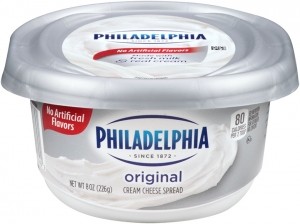
“The challenge is that it’s such a fantastic ingredient, the thing I love about locust bean gum is that it provides what I call ‘clean’ viscosity without a ‘snotty’ texture, it’s very smooth and gives you a clean flavor release.”
In ice cream and frozen desserts, it is particularly good at preventing ice crystal formation, and delivering viscosity, whereas in plant-based beverages, for example, it’s often combined with gellan gum, which helps suspend the proteins in the solution, while the locust bean gum improves mouthfeel.
“Now that we're in this situation [with rising prices and limited supplies], our customers are looking carefully at the risks and costs of keeping it but also at the cost of removing it [changing formulations and labels is a hassle, while consumer perceptions of clean label are also a factor]," said Dunning.
"But with the way we see the market now, we're encouraging our customers to look at the long term.”
The clean label hierarchy for gums and hydrocolloids
So what are the alternatives?
In plant-based milks and other beverages, she said, pectin can be used, “plus we have some blends of gellan and xanthan gum that work really well. However, some people don't want xanthan gum in their formulations, so it really becomes very specific based on customer needs.”
When it comes to clean label and perception of various gums and hydrocolloids, she said, “Pectin is probably viewed as the cleanest, as one of those ingredients that grandma had in her kitchen cupboard, but locust bean and guar gum are also very high on the list. Gellan gum has a fairly good perception, although there’s been some pushback recently, whereas xanthan is further down on the list, because it starts with an ‘x.’
In cream cheese – where locust bean gum builds body and prevents syneresis [by binding the water with the other ingredients] – you can use it in combination with xanthan and/or guar gum (which means you can use less, although your ingredients list will be longer), she said.
In fruit fillings, meanwhile, you can combine locust bean gum with something like carrageenan (which again means you can use a bit less) or replace it with methylcellulose, which also “prevents boil over in pie fillings,” although this has a less consumer-friendly name, so is a no no for some customers, she said.
Ingredion: ‘Customers are now more open to locust bean gum replacements’
Karen Silagyi, senior manager global product management food systems at Ingredion (which acquired TIC Gums in January 2017), said she is “seeing customers more open to locust bean gum replacements this year than in prior years, despite several years of rising prices.”
She added: “While tara gum is a good technical substitute, the market is not as large as locust bean gum. GuarNT USA Flavor Free 5000 is a good alternate to locust bean gum as it is a specialty guar gum with the beany notes associated with standard guar removed.
“It provides a similar texture and functionality to locust bean gum but at a fraction of the current cost. To achieve a texture even closer to what locust bean gum offers, we recommend CARAGUM 200 FF blend, a combination of flavor-free guar and locust bean gum, to supplement the locust bean gum in terms of supply and price and extend the functionality.”
*Read more about what’s happening in the locust bean gum market HERE and contact Dennis (qfrvfha@ulqebpbyybvq.pbz) or Nesha (amnyrfal@ulqebpbyybvq.pbz) for more information.
